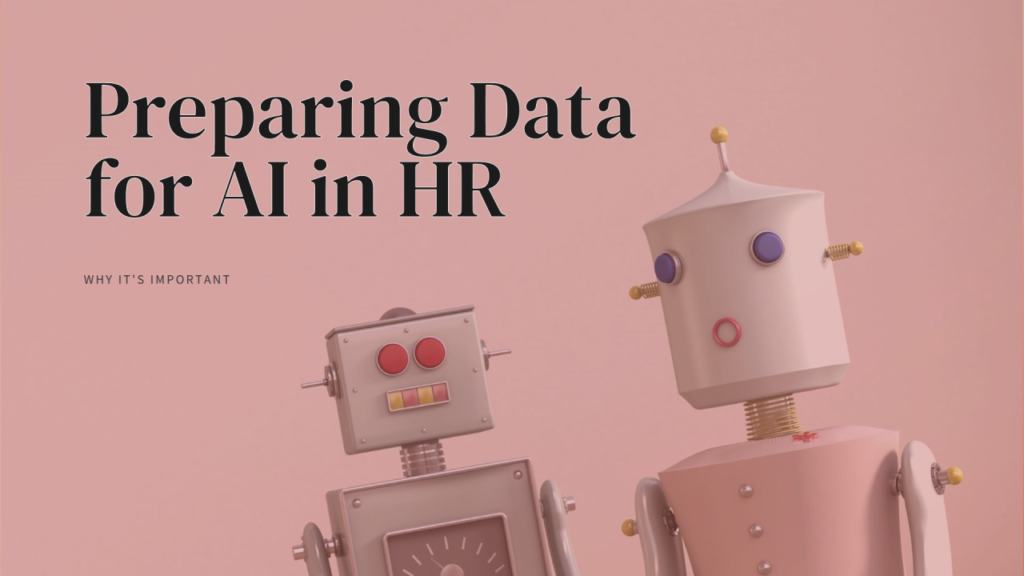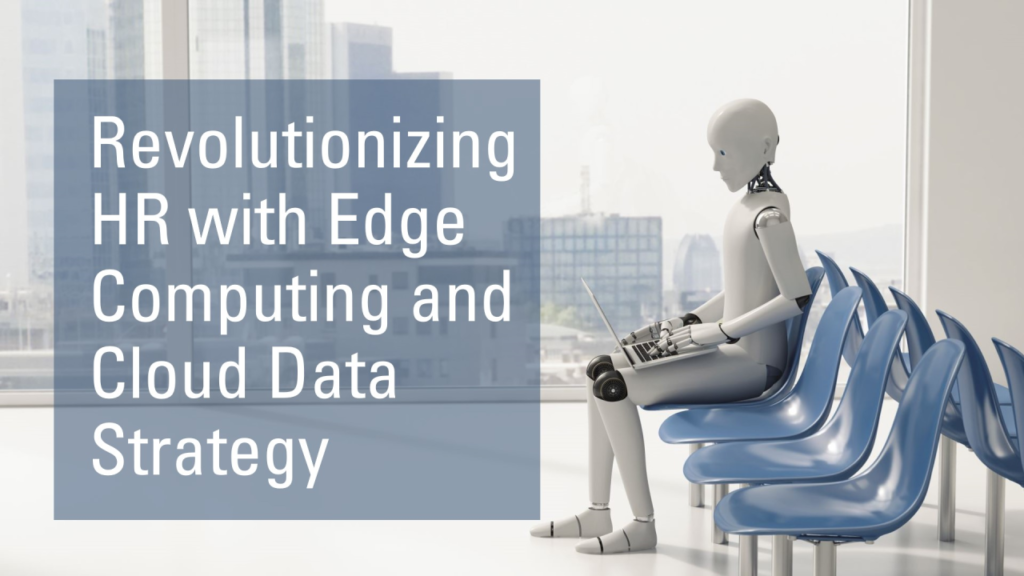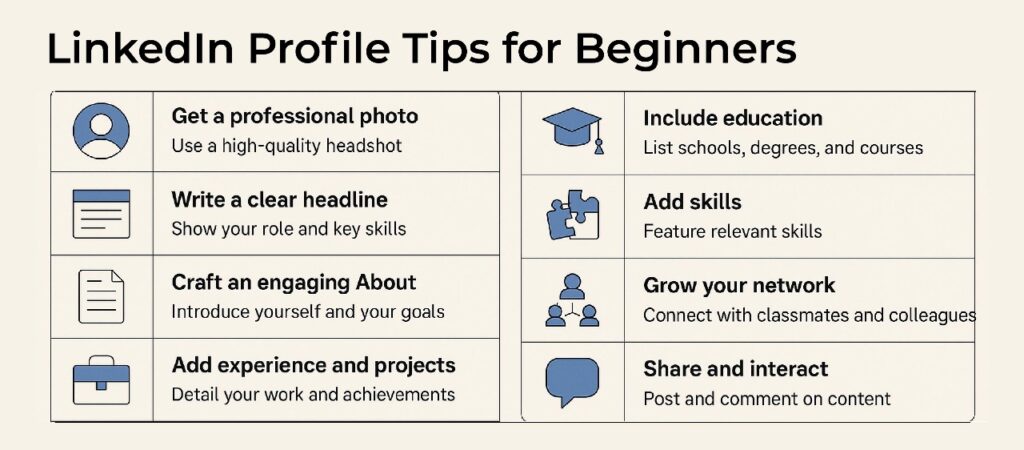The Importance of Data Preparation for AI in HR

In the ever-evolving landscape of Human Resources (HR), the adoption of Artificial Intelligence (AI) is rapidly transforming how organizations manage their workforce. AI-driven HR solutions offer the potential to streamline recruitment, enhance employee engagement, and optimize performance management, among other benefits. However, the success of AI in HR hinges on one crucial factor: data preparation. Without well-prepared data, even the most advanced AI systems will struggle to deliver meaningful insights. This article explores the importance of data preparation in HR, particularly focusing on managing both tangible and intangible data, and how technologies like data lakes and edge computing can play a pivotal role.
The Role of Data in HR
HR departments manage vast amounts of data, both tangible and intangible. Tangible data includes quantifiable information such as employee demographics, job roles, salaries, performance metrics, and attendance records. Intangible data, on the other hand, encompasses qualitative aspects such as skills, employee sentiment, inclusion, equity, engagement levels, leadership qualities, and cultural fit. Understanding and accurately interpreting intangible data is particularly challenging but essential for creating a holistic view of the workforce.
Tangible Data:
Tangible data is often structured and stored in various HR systems, making it easier to process and analyze. However, this data may still require significant cleaning and standardization to ensure it is accurate, complete, and consistent. For example, discrepancies in job titles across different systems or outdated records can lead to inaccurate AI predictions.
Intangible Data:
Intangible data, such as feedback from employee surveys, insights from performance reviews, information on skills, inclusion, equity, and employee attitudes, is often unstructured and subjective. Preparing this data for AI involves converting it into a format that AI algorithms can interpret, such as text analytics or sentiment analysis. Additionally, understanding intangible data often requires the application of psychological measurement systems such as psychometric assessments, attitude scales, and psychological statistics.
The Importance of Psychological Measurement Systems
To effectively leverage intangible data in AI-driven HR systems, it is crucial to utilize psychological measurement systems. These systems provide a structured approach to quantify and analyze intangible data, ensuring that the insights derived are accurate and actionable.
1. Psychometric Assessments:
Psychometric assessments are tools used to measure psychological attributes such as personality traits, cognitive abilities, and emotional intelligence. By incorporating psychometric data into AI models, organizations can gain deeper insights into employee potential, cultural fit, and leadership capabilities.
2. Attitude Scales:
Attitude scales measure an individual’s attitudes, beliefs, and feelings toward various aspects of their work environment. This data can be crucial in understanding employee engagement, satisfaction, and potential areas of conflict. AI models can use this data to predict employee turnover, identify areas for improvement, and tailor engagement strategies.
3. Psychological Statistics:
Psychological statistics involve the application of statistical techniques to analyze psychological data. This can include methods such as factor analysis, regression analysis, and reliability testing, which help ensure that the intangible data used in AI models is both valid and reliable. By applying these techniques, HR departments can ensure that their AI-driven decisions are based on sound, scientifically-backed data.
The Data Preparation Process
Effective data preparation for AI in HR involves several key steps:
1. Data Collection: Collect data from various HR systems, including HRIS, payroll, performance management, and employee engagement platforms. Ensure that data sources are comprehensive and represent the full spectrum of tangible and intangible data.
2. Data Cleaning: Address any inconsistencies, errors, or missing values in the data. This step is crucial for ensuring the accuracy of AI-driven insights. For tangible data, this may involve standardizing job titles, correcting dates, and ensuring all records are up-to-date. For intangible data, it may involve refining textual data to remove biases or irrelevant information and applying psychological measurement systems to ensure its validity.
3. Data Transformation: Convert data into a format that AI algorithms can process. For tangible data, this may involve normalization or scaling. For intangible data, this might involve using NLP techniques to transform text into analyzable features, or transforming qualitative data on skills, inclusion, and equity into quantifiable metrics through psychological measurement systems.
4. Data Integration: Integrate data from various sources into a centralized system, such as a data lake, where it can be easily accessed and analyzed by AI tools. This step is crucial for creating a holistic view of the workforce and enabling more accurate predictions and insights.
5. Data Validation: Validate the prepared data to ensure it is accurate and complete. This may involve cross-referencing data with external benchmarks, conducting internal audits, and applying psychological statistics to verify its reliability.
6. Data Governance: Establish robust data governance policies to ensure data quality is maintained over time. This includes regular audits, updates, and compliance with data privacy regulations, which is especially important given the sensitive nature of HR data.
Leveraging Data Lakes in HRA
Data lake is a centralized repository that allows organizations to store structured and unstructured data at scale. In HR, a data lake can serve as the backbone for AI-driven initiatives by enabling the storage and analysis of both tangible and intangible data in a unified environment.
Benefits of Data Lakes in HR:
• Scalability: Data lakes can handle large volumes of HR data, including historical records, real-time data, and external benchmarks, enabling more comprehensive analysis.
• Flexibility: Data lakes support a wide range of data types, from structured tables to unstructured text, making them ideal for integrating diverse HR data sources.
• Cost-Effectiveness: By storing data in its raw format, organizations can reduce the costs associated with data transformation and storage, while still enabling powerful analytics.
Using Edge Computing in HR
Edge computing involves processing data closer to where it is generated, rather than relying solely on centralized cloud-based systems. In HR, edge computing can be particularly valuable for real-time data processing and decision-making.
Benefits of Edge Computing in HR:
• Real-Time Insights: By processing data at the edge, HR departments can gain immediate insights into employee behavior, performance, and engagement, allowing for faster responses and interventions.
• Enhanced Privacy: Edge computing can help address data privacy concerns by keeping sensitive HR data closer to its source, reducing the need for data to be transmitted to the cloud.
• Reduced Latency: For organizations with a distributed workforce, edge computing can reduce the latency associated with data processing, ensuring that insights are delivered in real-time. How Visara Partners can help developing and implementing a robust HR data strategy requires a deep understanding of both the technical and human aspects of data management. Visara Partners specializes in helping organizations navigate this complex landscape by offering tailored solutions that align with their unique business goals
1. HR Data Strategy Development: Visara Partners works closely with organizations to develop a comprehensive HR data strategy that considers both tangible and intangible data. This includes identifying key data sources, setting up data governance frameworks, and aligning data collection processes with organizational objectives.
2. Data Preparation and Integration: Visara Partners provides expertise in data cleaning, transformation, and integration, ensuring that your data is accurate, complete, and ready for AI-driven analysis. By leveraging advanced techniques such as NLP and psychological measurement systems, we help organizations unlock the full potential of their intangible data.
3. Implementation of Data Lakes and Edge Computing: We guide organizations in setting up and managing data lakes, allowing them to store and analyze vast amounts of HR data in a scalable and cost-effective manner. Additionally, Visara Partners can assist in deploying edge computing solutions to enhance real-time data processing and decision-making capabilities.
4. Ongoing Support and Optimization: Visara Partners offers ongoing support to ensure that your HR data strategy continues to evolve with your organization. This includes regular audits, updates to data governance policies, and continuous optimization of AI models to ensure they deliver accurate and actionable insights.
Conclusion
Data preparation is the foundation of successful AI implementation in HR. By effectively managing both tangible and intangible data, incorporating psychological measurement systems, and leveraging technologies like data lakes and edge computing, HR departments can unlock the full potential of AI to drive better decision-making, enhance employee experiences, and ultimately improve organizational outcomes. Visara Partners is here to support organizations in developing and implementing a robust HR data strategy, ensuring they are well-positioned to lead in this new era of data-driven HR management.






Responses